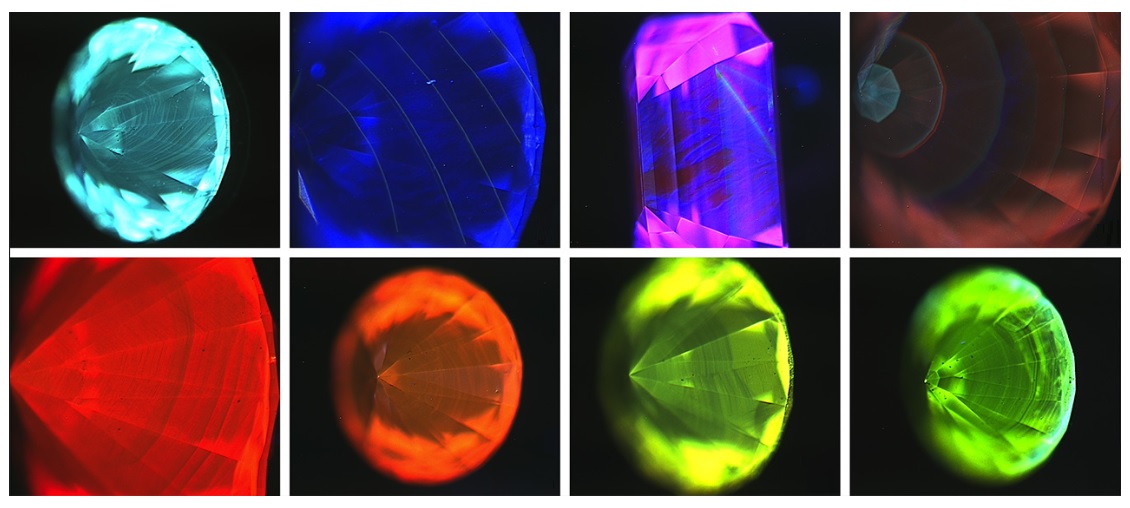
Phosphors are substances that emit visible light in response to radiation. When UV light bounces off objects that contain special substances called phosphors, interesting things happen.
#Colors under black light skin
Although UV light has some fun applications, we must be careful to avoid overexposure, which can lead to increased risk of skin cancer, eye damage, and skin aging. We're surrounded by UV light every day when we enjoy the rays of the Sun.

Ultraviolet light can't be detected by the naked eye. That's why black lights usually appear dark blue or purple. The primary difference is in the glass, coatings, or filters that are used in black lights.īlack lights use these different materials so that most of the light emitted is ultraviolet (UV) light with just a bit of visible light in the wavelengths closest to the UV spectrum ( indigo and violet). Let's take a closer look at black lights and why they make things glow.īlack lights are made in much the same way that regular incandescent or fluorescent lights are made. What's going on here? Are black lights magic? Nope! They're simple tools that take advantage of science. Whether you've been glow bowling or experienced the glow-in-the-dark effects of a black light at a skating rink or an amusement park funhouse, you know what a cool and eerie sensation it is to see your clothing glow like it's radioactive.

Do you like to roller skate? How about bowling? Did you know that both of those activities can be way more fun if you do them in the dark under a black light? When that happens, you're set for some glow-in-the-dark fun!


 0 kommentar(er)
0 kommentar(er)
